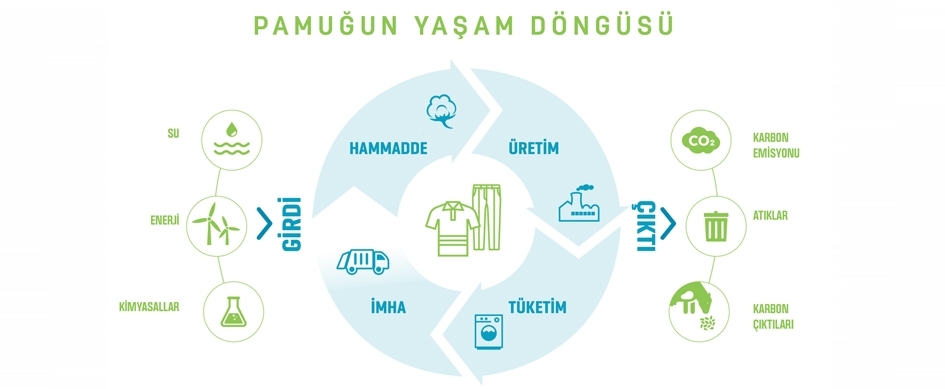Cyclic Textile
It is located in the continuation of the basic needs of humanity such as dressing, breathing and nutrition; a situation that determines social, cultural and public rules. The materials that cover, equip and protect our living spaces are as close to us as dressing. Textile is an indispensable economic field to meet all these needs. It is one of the critical sectors where countries describe their economic strength, providing jobs for millions of people. Again, our most fundamental issue for this sector is the stress that growth-oriented, produce-use-dispose business models create on economic inclusion, environmental sustainability and social welfare, and pushing the limits of the planet. Our starting point is to urgently take steps to ensure the circularity of resource use for the sustainability of textiles.
The circular economy, which has become indispensable for industrial production, is transforming the textile industry and thus fashion. Circular fashion is an approach that includes both production and consumption processes.
The linear economy based on the disposable principle falls short of meeting the needs of the growing population. Both our personal life choices and production systems need to shift to models that generate less waste, and even use waste as input. The circular economy, which uses waste from other sectors as input and prioritizes recycling and reuse in production, serves just that purpose.
The circular economy, which has become indispensable for industrial production, is transforming the textile industry and thus fashion.

